46+ Sample Learning Plans
-
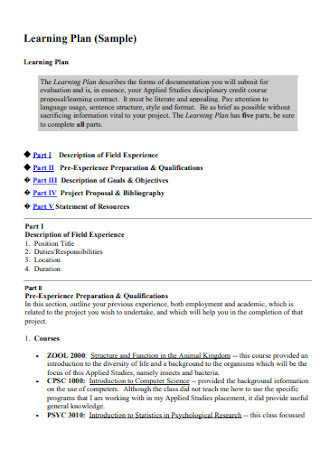
Sample Learning Plan
download now -
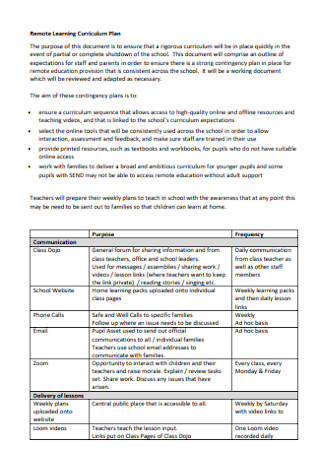
Remote Learning Curriculum Plan
download now -
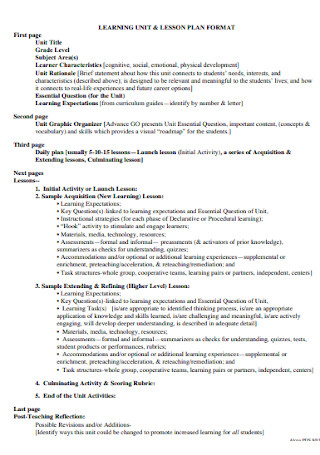
Learning Unit Plan
download now -
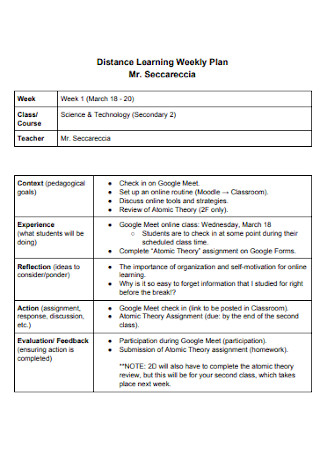
Learning Weekly Plan
download now -
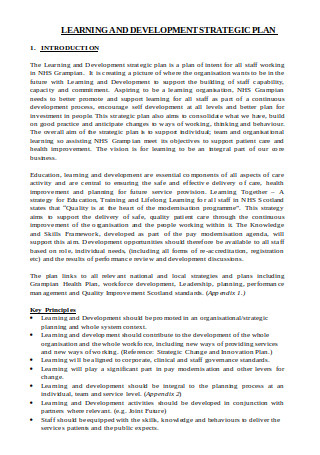
Learning Development Strategic Plan
download now -

Learning Work Plan
download now -
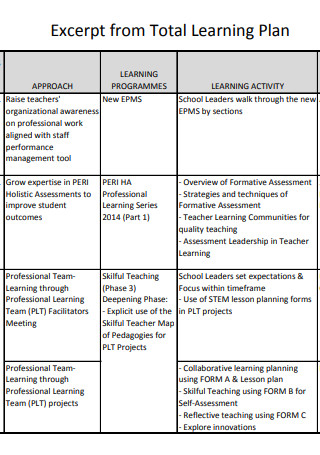
Excerpt from Total Learning Plan
download now -
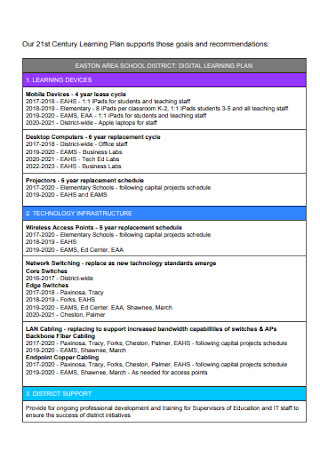
Century Learning Plan
download now -

Learning Activity Plan
download now -
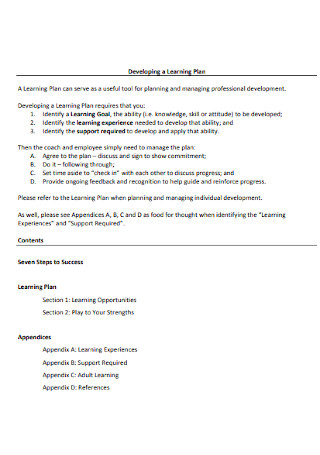
Developing a Learning Plan
download now -
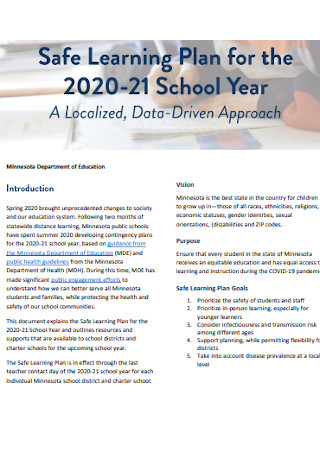
Safe Learning Plan
download now -
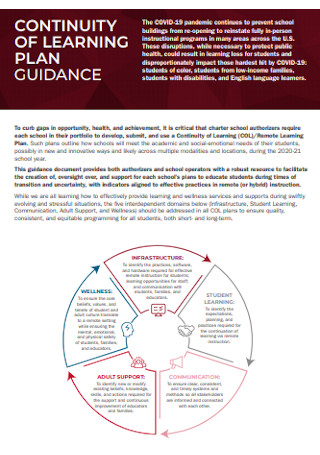
Continuity Learning Plan
download now -
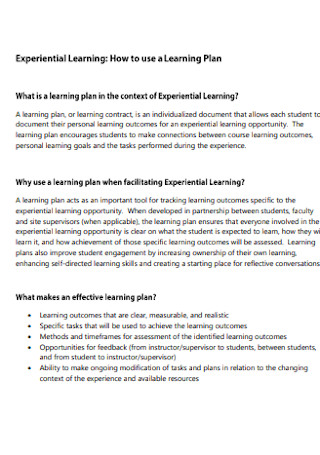
Experiential Lerning Plan
download now -
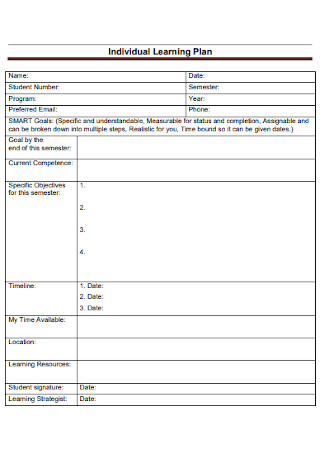
Individual Learning Plan
download now -
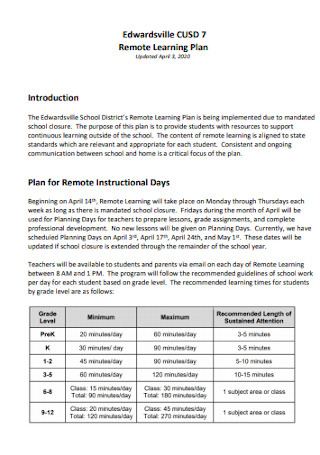
Remote Learning Plan
download now -
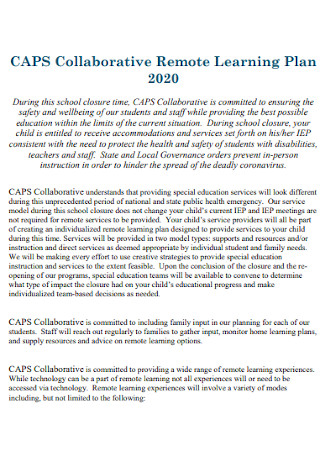
Collaborative Remote Learning Plan
download now -
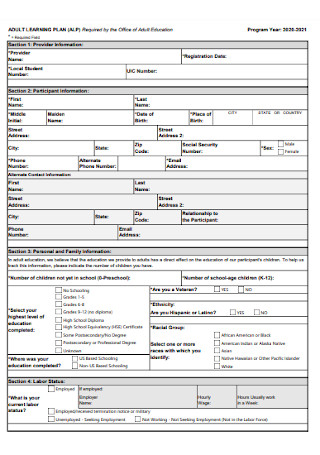
Adult Learning Plan
download now -
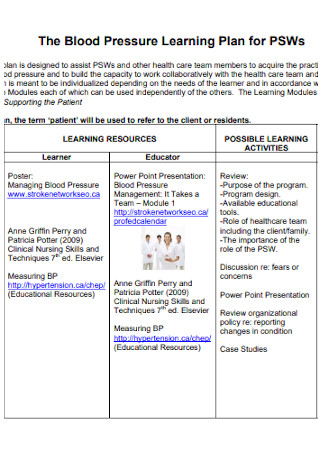
Blood Pressure Learning Plan
download now -
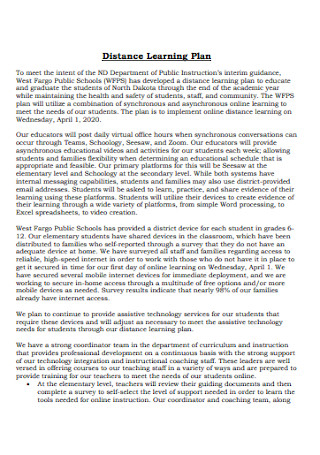
Distance Learning Plan Template
download now -
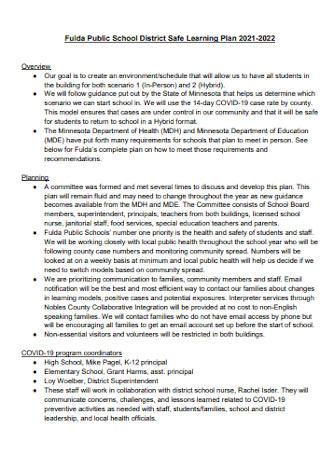
School District Safe Learning Plan
download now -

Professional Learning Plan
download now -

Professional Learning Plan Template
download now -
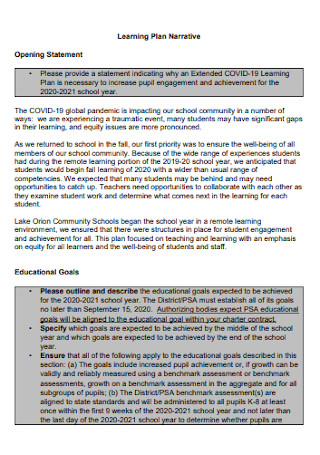
Covid-19 Learning Plan
download now -

Distance Learning Plan
download now -
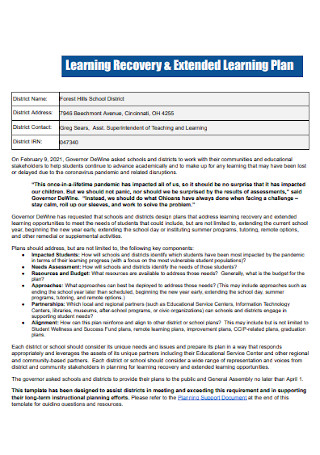
Extended Learning Plan
download now -
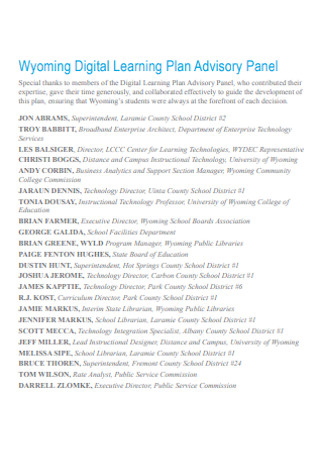
Digital Learning Plan
download now -

Experiential Learning Plan of Study
download now -

Internship Learning Plan
download now -
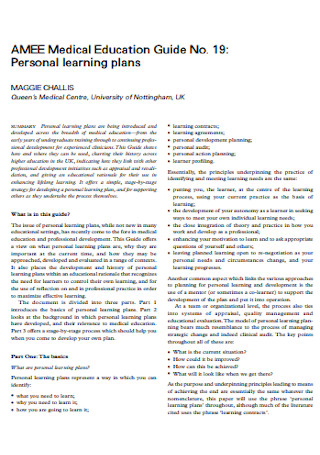
Personal Learning Plan
download now -
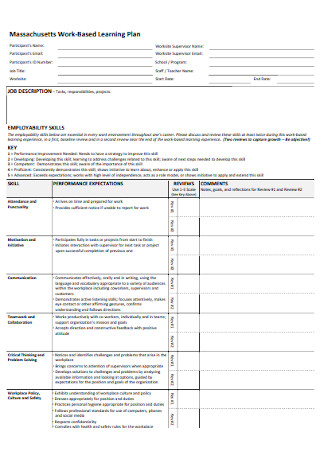
Work-Based Learning Plan
download now -
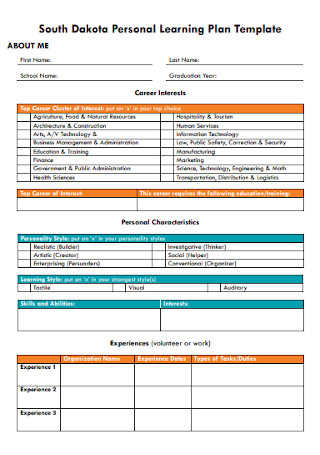
Personal Learning Plan Template
download now -
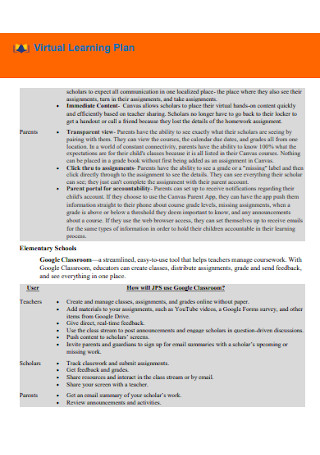
Virtual Learning Plan
download now -
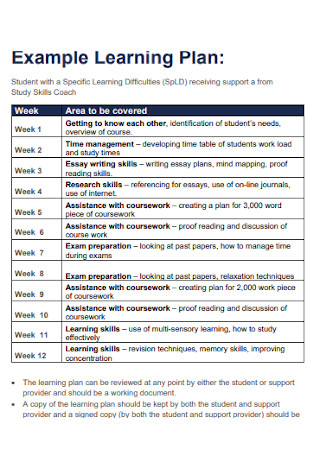
Basic Learning Plan
download now -

Teaching and Learning Plan
download now -
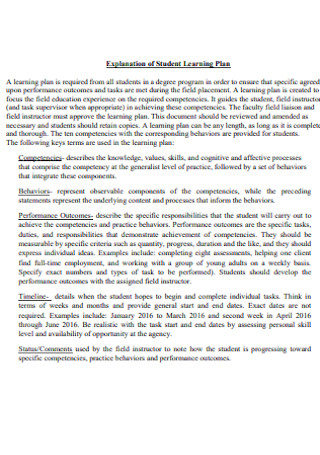
Explanation of Student Learning Plan
download now -
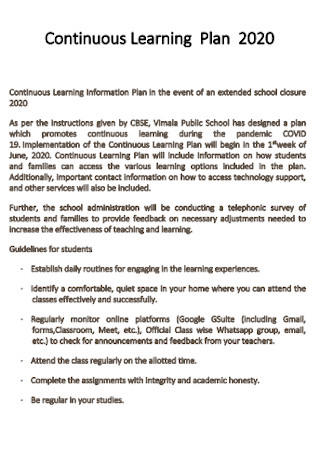
Continuous Learning Plan
download now -
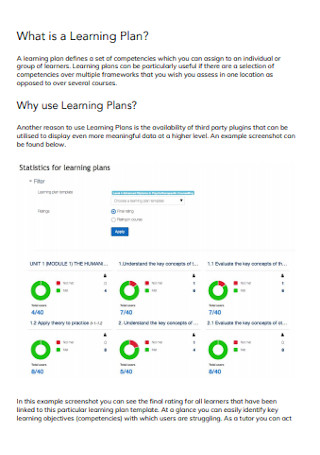
Learning Plan Format
download now -
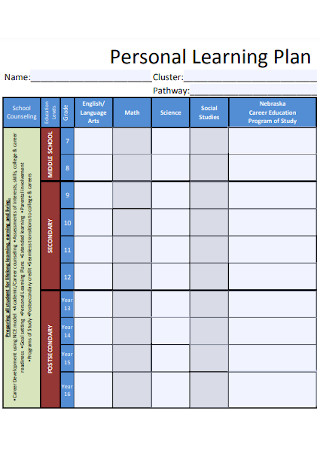
Personal Learning Plan Example
download now -
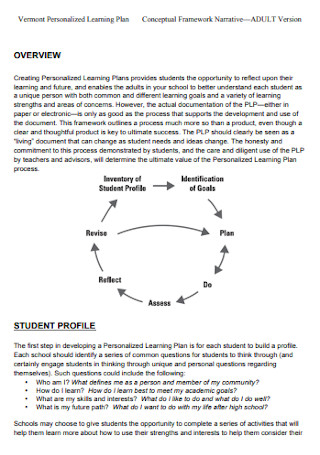
Vermont Personalized Learning Plan
download now -
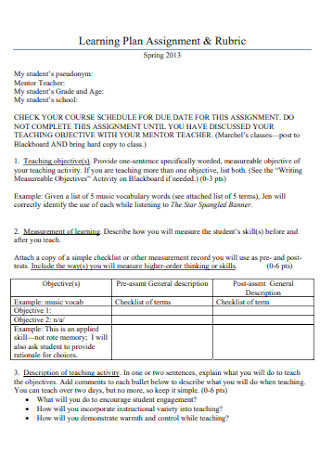
Learning Plan Assignment Template
download now -

Customized Learning Plan
download now -

Early Learning Plan
download now -

Learning Plan for Clinical Practicum
download now -

Vision of Blended Learning Plan
download now -
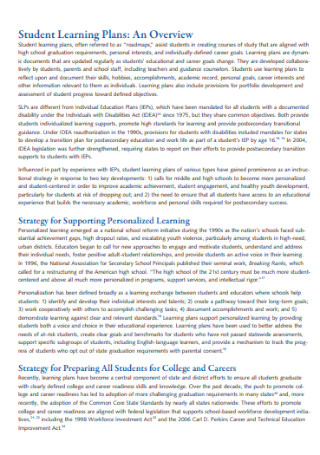
Basic Student Learning Plan
download now -
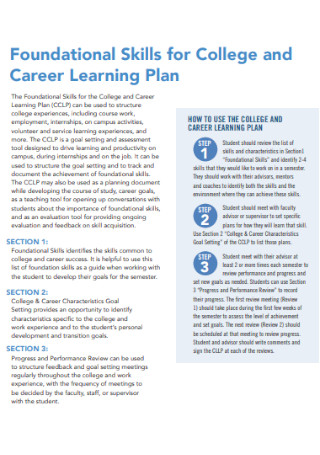
Career Learning Plan
download now -
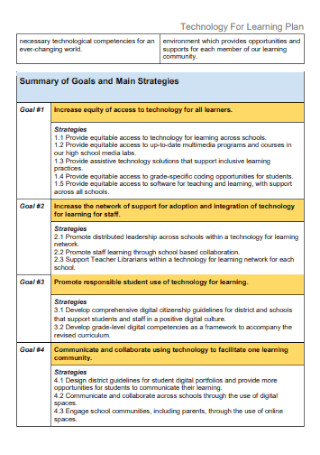
Technology For Learning Plan
download now
FREE Learning Plan s to Download
46+ Sample Learning Plans
What Is a Learning Plan?
Components of a Learning Plan
How to Create a Learning Plan
FAQs
Is the utilization of learning plans only applicable in the education setting?
What are the benefits of a learning plan in the workplace?
What are the reasons for constructing personal learning plans?
What Is a Learning Plan?
A learning plan is a document that describes how an individual intends to achieve different facets of learning that come in very beneficial in terms of showing clarity in progress when it comes to education. It also ensures that the daily activities of students suit their needs in a way that is easier for them to learn efficiently and orderly. Learning plans vary depending on spontaneity, either when inspiration strikes or through a carefully thought out plan. Ideally, a learning plan benefits students and teachers to achieve the best possible learning style and system that influences a student’s understanding of a particular lesson.
According to a research study by the National Association for College Admission Counselling in partnership with Hobsons, 62 percent of student counselors determine that schools implementing the initiation of individual learning plans (ILPs) significantly contribute to successful student outcomes. It also helps students contribute and take charge of their learning practices on what they think will influence their studies better.
Components of a Learning Plan
A learning plan is a vital component of an individual’s learning experience. It is essential to comprehend the elements present when completing a learning plan for yourself if you are a student or for your class if you are a teacher. Remember that learning plans differ from one another, depending on how a person constructs them. However, here are the usual items in a learning plan.
How to Create a Learning Plan
A learning plan is a rewarding process for teachers and students as it allows them to accomplish more during class schedules. In a large setting, the learning plan creates an engaging learning environment that makes students aware of their responsibilities in sustaining and understanding lessons. Here are helpful steps in creating a learning plan that effectively helps students.
Step 1: Measure and Determine Learning Objectives
Each student needs a varying teaching approach that pushes them to learn better. However, before creating a personalized learning plan, a teacher determines what the students already know and their proficiency regarding the particular topic. The most reliable way to estimate a student’s knowledge and ability about a subject is to give an initial assessment at the start of a term or a new topic. It is advisable to ensure that the starting evaluation covers prerequisite material for the course or subject matter. It gives the teacher an insight into what the students already know and master.
Step 2: Set SMART Goals for Students
Once the teacher determines what the students need to learn, it is also essential to help and guide students in setting personal objectives. Students must think about short-term and long-term goals that suit their personalities and interests as it is easier for them to accomplish them in the long run. Setting SMART goals is impactful, and it motivates students to reach their objectives, knowing they are capable of doing and completing them. The short-term goals also serve as a way to achieving more important long-term goals.
Step 3: Allow Students to Determine Their Learning Styles
It is note-worthy to help students with choosing a learning style that suits their needs. Teachers need to adapt and develop teaching methods that accommodate multiple learning styles, requiring teachers to get extra creative. It also requires teachers to be observant and determine how their students learn in and outside of class. It is also advisable to communicate with the students to know their interests, hobbies, and talents or tell them to share a story. Stay vigilant in identifying students’ preferences to tailor the lessons to help them learn efficiently.
Step 4: Remember to Assess, Evaluate, and Reflect Frequently
Incorporating frequent evaluations leaves limited to no room for unproductivity and procrastination. As confusing as it sounds, assessments help with keeping students motivated and engaged in their learning process. It also helps with boosting students’ self-confidence in achieving their short-term goals. It is advisable to encourage students to record their progress and compare them to previous assessments. It is also advantageous to evaluate and reflect on improvements or setbacks they encounter. As students earn better grades, students become better, and it motivates them to continue meeting the goals they have set for themselves.
Step 5: Track Progress Using a Portfolio
Always remember that learning is a cumulative process and not something that happens overnight. Portfolios give students a concrete and tangible way to track their progress that also influences their self-esteem positively. These documents also give teachers an insight into the students’ aspirations and interests. It also helps to encourage students throughout the entire process of learning, noting the areas for improvement. It’s also advisable to create a portfolio wherein both students and teachers update the document. Especially when online learning is the norm, it pays to utilize online portfolios. It’s also convenient for parents to keep a close eye on their children’s learning development throughout the course. For the teachers, ensure that you also have a manual record of all your students’ progress.
Step 6: Have Solo Conversations and Encourage Collaborations
After giving the students sufficient time to reflect on accomplished tasks, teachers must help identify their subsequent learning goals. It also helps list the steps they will take to achieve them and help redefine their goals, if necessary. The best way to distinguish students’ goals is to have one-on-one conversations to focus on each person’s strengths and without any influence from their fellow students. Teachers must establish good communication with students to provide relevant feedback. In doing so, it encourages them to reach their goals when things are not going as planned. Through this, students develop goal-oriented skills and positive learning habits. Having personal goals doesn’t mean that students must stop collaborative activities. Between students, they can help one another to achieve each other’s objectives. As teachers, don’t be afraid to collaborate with your students. Try to encourage them by sharing experiences to help motivate them in reaching their goals, and tell stories about how you achieve personal goals and how you’ve turned failures into success.
FAQs
Is the utilization of learning plans only applicable in the education setting?
Aside from teachers and students using learning plans, human resources utilize this document to help their employees make goals for themselves throughout training periods or sessions. Through this, employees have the opportunity to state their learning requirements to achieve their desired objectives. It is also the team leader’s or the manager’s responsibility to work with employees on the learning and development activities, ensuring employees are equipped with the necessary abilities and skills to achieve their goals effectively and efficiently. Accomplishing personal goals help employees to achieve the team’s and the company’s objectives subsequently.
What are the benefits of a learning plan in the workplace?
The purpose of a learning plan in the organization is to provide a method that reconciles employee’s internal needs and interests with the external expectations of the workplace. The learning plan also serves to promote self-directed learning and helps employees individualize their working experiences. It aids workers to build and develop their existing skills and experiences while acknowledging each person’s difference. Through it, future activities put into consideration the needs and abilities of the workers. Learning plans also attend to the diverse needs of different workers that associate to the individual, cultural, linguistic, and strength differences that promote improved opportunities and equity within the workplace. For employees, it increases their motivation and responsibility for individual learning and belief in their abilities. It also outlines not only the goals but the process to achieve career development and knowledge. The most relevant benefit for employees is that it gives them the chance to communicate openly with their managers about coaching and mentoring conversations. For the organization, it establishes a good working relationship between employees and administration. It also creates an opportunity for the management to outline a rationale about training activities that help prioritize learning goals and objectives. Overall, learning plans help both the organization and its employees through an inclusive learning plan.
What are the reasons for constructing personal learning plans?
There are three necessary reasons for practicing self-directed learning. For one, the individuals who take the initiative in personal education enter learning more profusely with greater motivation with the chance of learning about topics more deeply and permanently in comparison. Self-directed learning plans also align with the process of psychological maturity, especially in taking responsibility for personal growth and advancement. Lastly, many new developments influence people when it comes to placing accountability on the individual who initiates their learning. Using the documents gain greater acceptance over the years that led to the need for appropriate learning experiences. It also adds that present employers realize the demand for increased flexibility and autonomy of workers, including one’s ability to reflect on professional practices.
Learning plans is beneficial in tracking personal and group progress throughout a given period. For students, it allows them to see their development through the use of direct and indirect evidence outputs after a lesson. By creating a learning plan, workers can accomplish personal goals while aligning these objectives to the organization’s overall scheme. Overall, the learning plan lets individuals see their strengths and weaknesses. By identifying and classifying their skills, they can develop a method to improve their advantages and systematically overcome their deficiencies. It’s never too late to learn how to promote our skills and abilities. In the words of Jiddu Krishnamurti, “There is no end to education. It is not that you read a book, pass an examination, and finish with education. The whole of life, from the moment you are born to the moment you die, is a process of learning.” Create a learning plan to develop knowledge and skills, and you can start by using and downloading the learning plan samples above.
